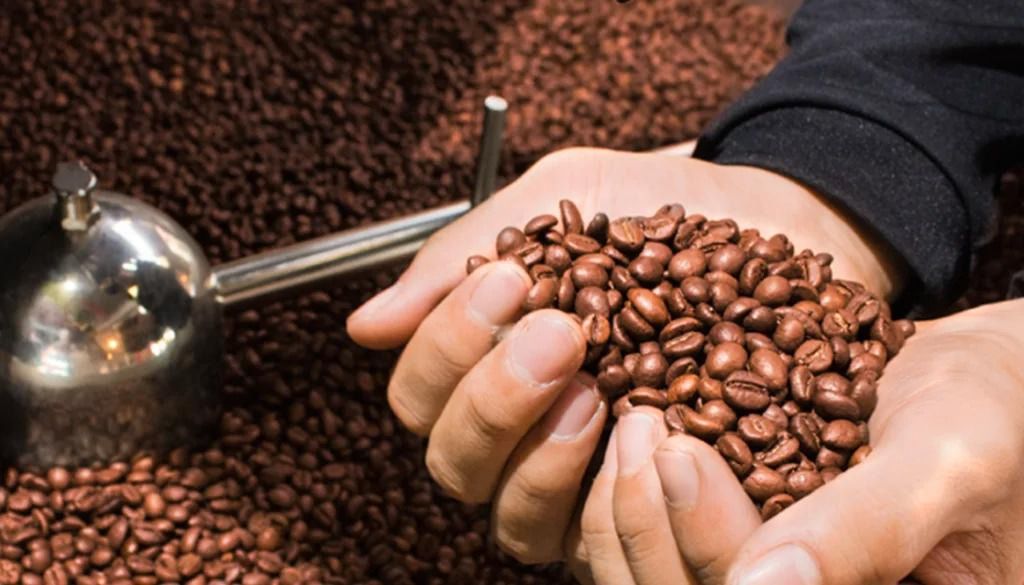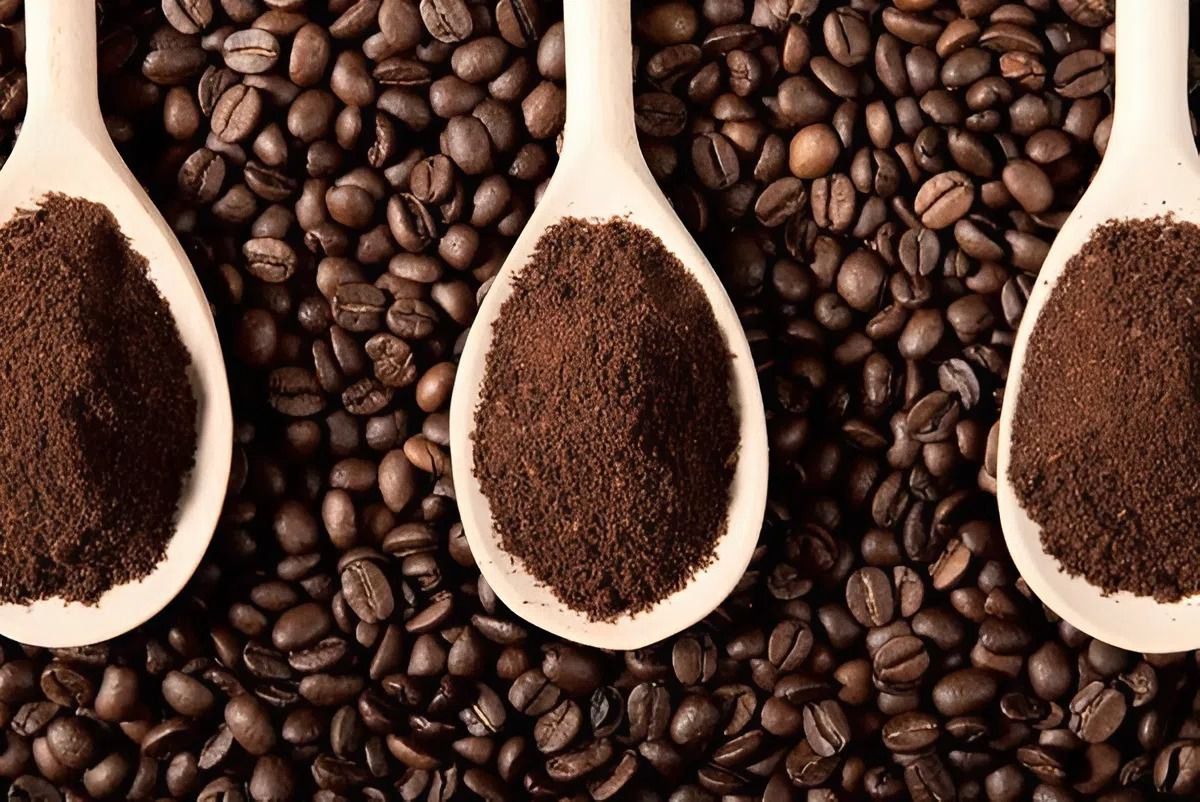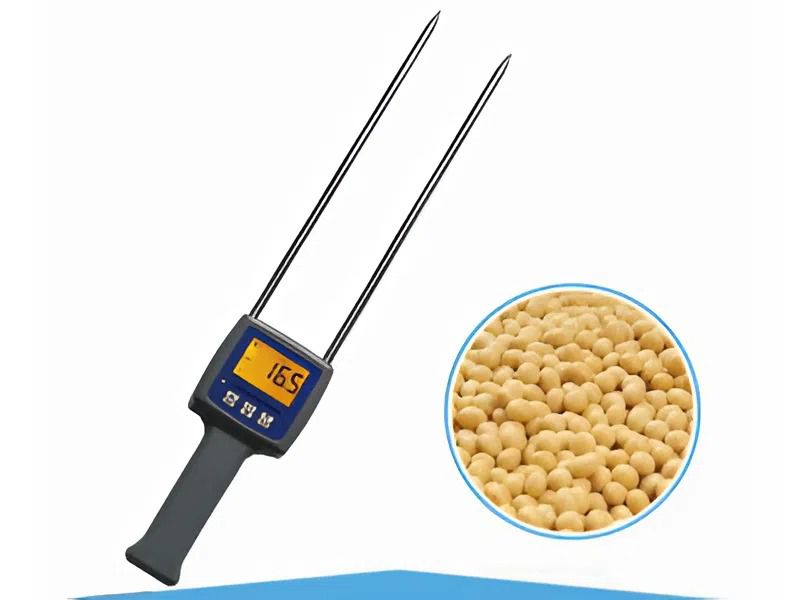What is the normal moisture content of coffee, how to measure & preserve it?
Coffee that is stored incorrectly can easily get moldy, lose its flavor, and even spoil the whole batch. One of the main reasons lies in the way you store it. It sounds easy, but it will be a decision that affects the quality of the beans to some extent. So the question is: what is the humidity of the coffee to keep the flavor delicious and safe for a long time? This article I will share more specifically for your reference.
Contents
Coffee moisture standards
In the coffee consumption market, humidity is one of the factors that cannot be ignored. This is what determines a lot whether the coffee beans retain their original flavor or not. If the humidity exceeds the standard for a long time, the coffee can easily get moldy, lose its smell, and even lose its quality.

For green coffee, also known as rice coffee, the standard level is between 9 and 12.5 percent. As for ground coffee, the ideal number is only about 5 percent. It sounds simple, but just a little deviation can significantly change the flavor. For example, if green coffee is too dry, the taste will be bland, and the brewed water will not be as rich as expected.
Reasons to control coffee humidity
Nói về cà phê thì có một yếu tố ít người để ý, nhưng thực ra lại quyết định rất lớn đến chất lượng, đó là độ ẩm. Chỉ cần hạt cà phê ẩm hơn mức cho phép, nấm mốc có thể xuất hiện rất nhanh. Mà ngay cả khi chưa có mốc, hương vị cũng đã bị ảnh hưởng, uống vào thấy nhạt, kém ngon.
Chính vì vậy mà trong sản xuất, chuyện đo độ ẩm gần như là bắt buộc. Người ta thường dùng máy đo hoặc cân phân tích ẩm để theo dõi. Cà phê bột trước khi đóng gói cũng không thể bỏ qua bước này, bởi nếu độ ẩm còn cao thì buộc phải sấy lại cho đạt chuẩn, rồi mới yên tâm đưa ra thị trường.
For the buyer, checking the humidity is equally important. If the results are not satisfactory, in addition to the quality being affected, there will also be price risks. At that time, renegotiating with the supplier is the right thing to do to avoid losses.

If you are a coffee consuming business, or simply want the product to reach the customer as delicious as possible, then humidity is even more important. When the humidity is correct, the brewed coffee will retain its original flavor, aroma and addictiveness.
Another factor is the storage process. When storing coffee for a long time, it is difficult to avoid changes in humidity, sometimes it is more humid, sometimes it is too dry. Therefore, monitoring humidity regularly throughout the usage process is a way to maintain stable quality, keeping the coffee in the best state.
How to store coffee properly
After sorting the coffee according to its intended use, storage is an extremely important step. Here are some commonly applied methods:
Store in packaging
First, check the humidity of green coffee or ground coffee, then pack and transfer to the warehouse. The warehouse should be sealed, insulated and have stable humidity control. Before importing goods, the warehouse also needs to be cleaned and treated for insects. When stacking coffee bags, remember to raise them about 25 to 30 cm above the floor to avoid absorbing moisture from the floor.
Use desiccant packs
With ground coffee, the risk of moisture absorption is higher, so desiccant packets are a useful option. Just adding them when packaging can extend the storage time, limiting the deterioration of the coffee.
Drying coffee before storage
This is the most effective way to prevent mold. Coffee needs to be dried properly to bring the humidity back to the standard level. During the drying process, defective or damaged beans should be removed to avoid affecting the whole batch. It can be dried in the sun, using a manual machine, or nowadays many places apply solar dryers to save both time and money.
Pour into loose piles
Some places preserve coffee by pouring it into silos or large containers made of metal, concrete, or wood, then sealing them. This method helps the whole bean coffee retain its shape and flavor until it is used. However, it is necessary to design the container with a distance from the ground to prevent moisture from seeping up and spoiling the coffee.
In addition to traditional preservation methods, the use of moisture meters is also essential, especially when working with large quantities. A popular example is the TK-100G agricultural moisture meter. This device has a measuring range of 6 to 30 percent, enough to accurately check the moisture content of coffee beans. It is not limited to coffee, but can also be used for many other grains such as rice, wheat, soybeans or even hay.

The notable point of this machine is that the measuring foot is quite wide, the operation is fast, the LCD screen has a backlight for clear observation in low light conditions, and it also has the ability to automatically compensate for temperature when the environment changes. For those who often have to check the quality of seeds, this is a really useful tool, helping to save time and limit risks in the storage stage.
See more related products at: Agricultural moisture meter
Conclude:
In short, humidity may seem small, but it greatly determines the quality of coffee. Maintaining the right humidity will ensure the full flavor, but if you neglect it, the coffee will easily deteriorate, even ruining the whole batch. Therefore, when storing or using coffee, it is best to check it regularly. Having a humidity meter will give you peace of mind, because it gives clear results instead of just guessing by feeling. Ultimately, this is also a way to appreciate the coffee beans and give the drinker the best experience.
